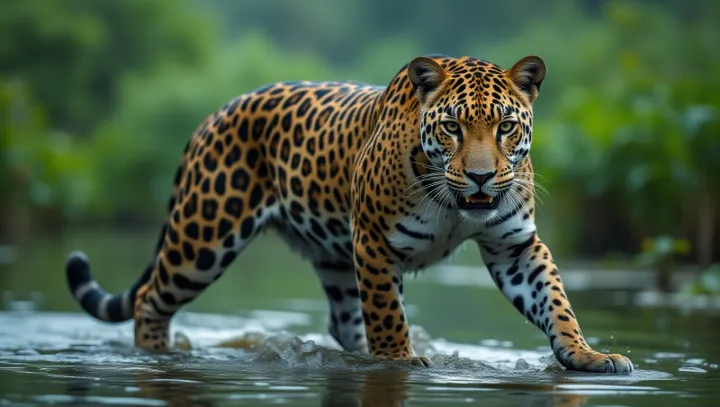Pantanal: The Monstrous Wetland

The Pantanal, measuring an astonishing 140,000 square kilometers, holds the title as the world's largest wetland. Stretching across Brazil, Bolivia, and Paraguay, it stands as a testament to nature's grandeur and diversity. Home to an unparalleled range of flora and fauna, the Pantanal is a biodiversity hotspot with over 600 bird species, diverse fish populations, and mammals like jaguars and capybaras making it their refuge.
This unique habitat supports a delicate ecological balance vital to the health of the planet. However, threats loom large over this vast oasis. Deforestation, driven by agricultural expansion and human encroachments, poses significant challenges.
Moreover, climate change introduces unpredictable patterns, unsettling the region's water cycles crucial for its existence. Experts like Dr. Olivia Thompson, an environmental scientist, emphasize the urgency for international collaboration.
'Preserving the Pantanal isn't just a regional priority, it's a global imperative,' she states, pointing to conservation efforts necessary for sustainable development. The Pantanal's plight serves as a stark reminder of humanity's role in safeguarding natural wonders. As the world watches, the call to action intensifies, urging collective efforts to protect this irreplaceable and majestic wetland for future generations.
